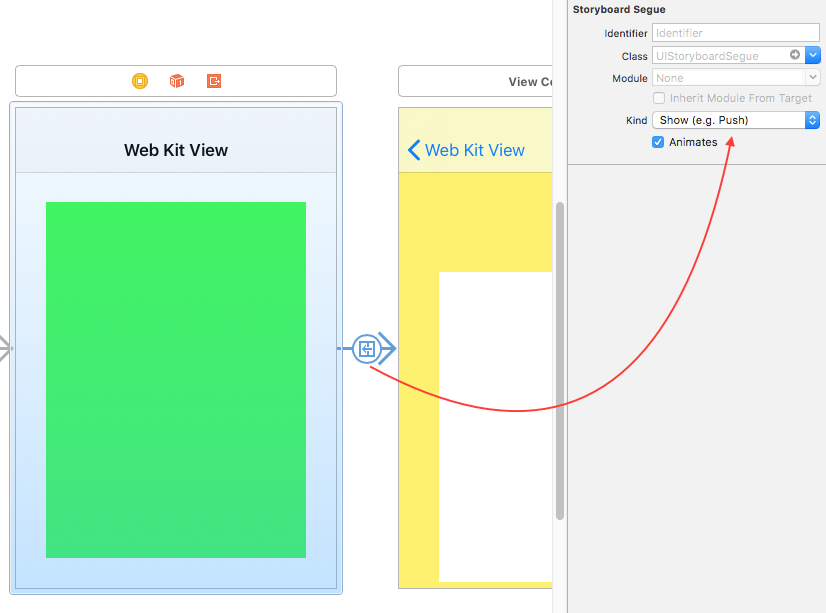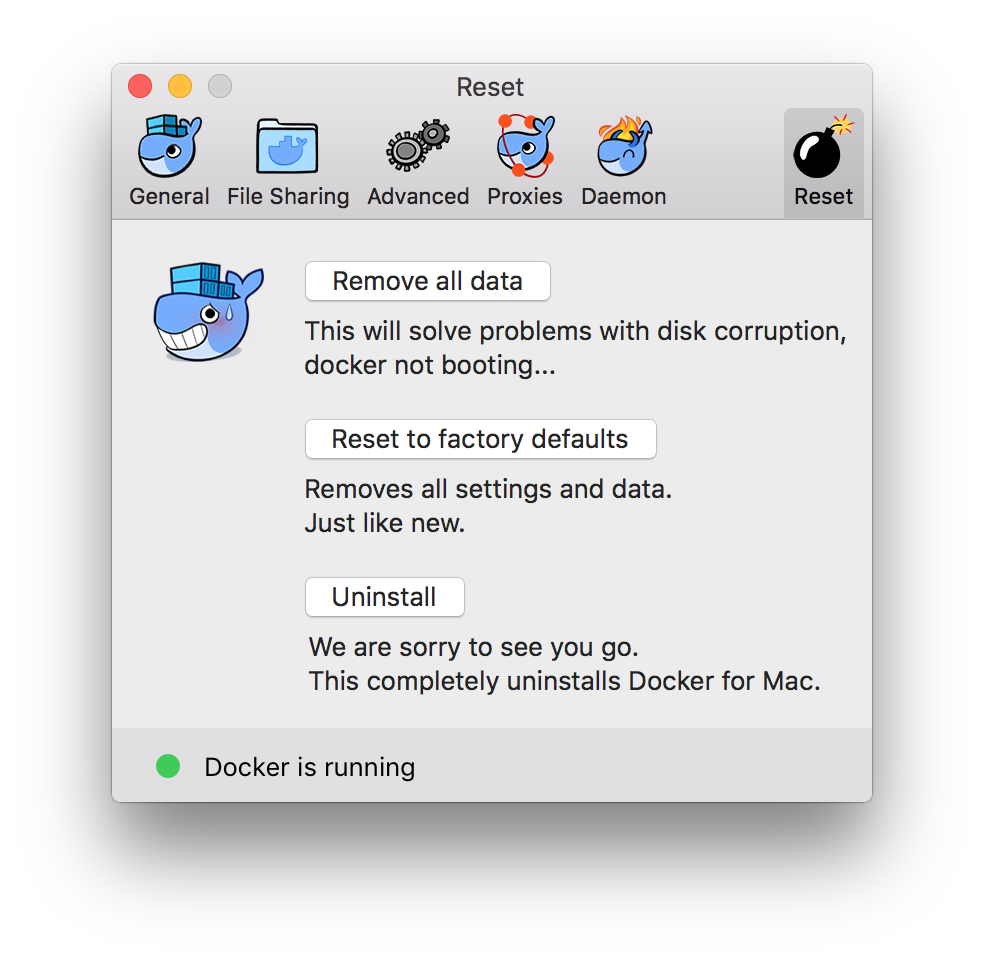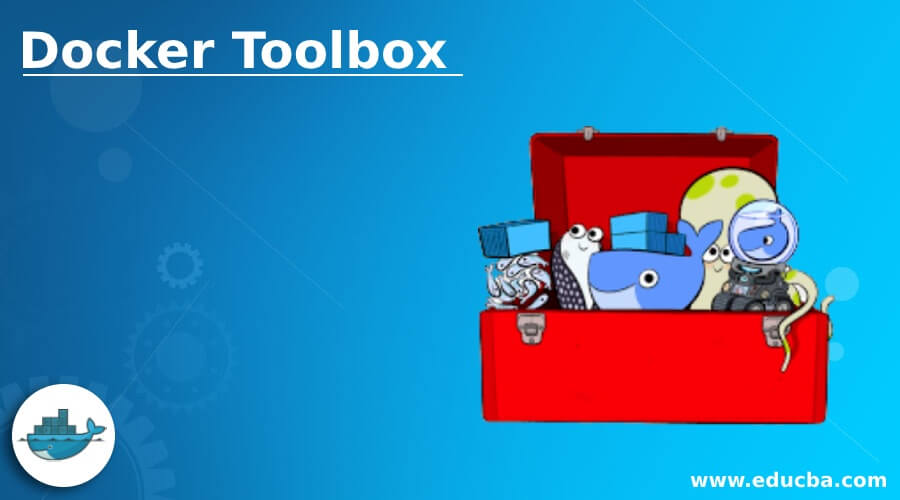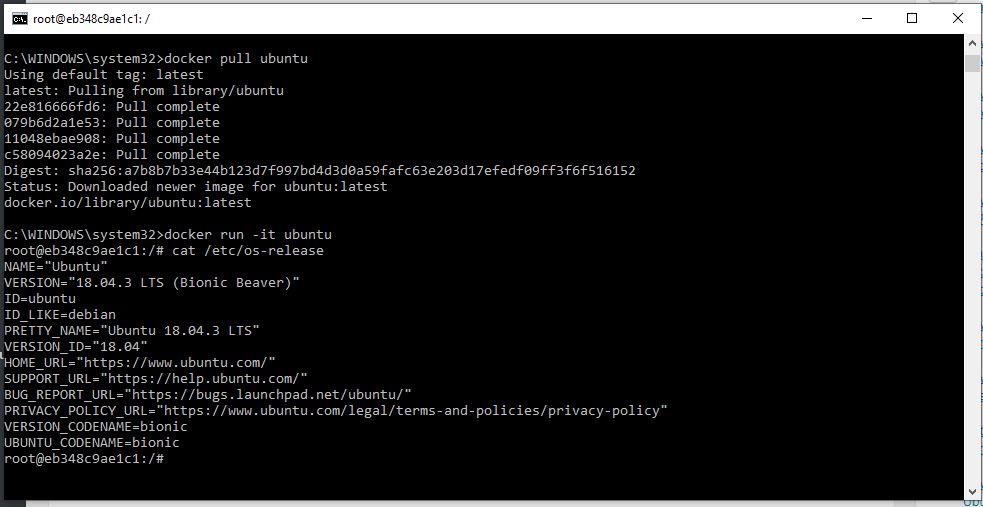
- #HOW TO UNINSTALL DOCKER TOOLBOX HOW TO#
- #HOW TO UNINSTALL DOCKER TOOLBOX INSTALL#
- #HOW TO UNINSTALL DOCKER TOOLBOX WINDOWS 10#
- #HOW TO UNINSTALL DOCKER TOOLBOX PRO#
- #HOW TO UNINSTALL DOCKER TOOLBOX CODE#
Note: The Hyper-V feature is a general virtualization feature that enables much more than just containers.
#HOW TO UNINSTALL DOCKER TOOLBOX WINDOWS 10#
It may also include the “Hyper-V” feature, which is automatically enabled on Windows 10 when Docker is installed but must be explicitly enabled on Windows Server 2016.

This includes the “Containers” feature, which is automatically enabled on any Windows 10 or Windows Server 2016 when Docker is installed. Remove-Item "C:\ProgramData\Docker" -Recurse Remove features associated with Docker/containers on Window
#HOW TO UNINSTALL DOCKER TOOLBOX INSTALL#
You can install WSL with the following command wsl -install by entering the command either in PowerShell or the Command Prompt.
#HOW TO UNINSTALL DOCKER TOOLBOX HOW TO#
For detailed instructions, refer to these guides: What is Windows Subsystem for Linux (WSL), how to install WSL on Windows Server via Server Manager and PowerShell, and how to install WSL on Windows 10.
#HOW TO UNINSTALL DOCKER TOOLBOX PRO#
Your Windows machine must meet the following requirements to successfully install Docker Desktop.ġ: Windows 10 64-bit: Pro 2004 (build 19041) or higher, or Enterprise or Education 1909 (build 18363) or higher.Ģ: For the WSL2 backend, please enable the WSL 2 feature on Windows. And, If this is not done, you will be prompted with the following error “ Please enable the Virtual Machine Platform Windows Feature and ensure Virtualization is enabled in the BIOS“. – BIOS-level hardware virtualization support must be enabled in the BIOS settings. – 64-bit processor with Second Level Address Translation (SLAT),

#HOW TO UNINSTALL DOCKER TOOLBOX CODE#

Our Docker Subscription Service Agreement includes a change to the terms of use for Docker Desktop.

Kindly refer to these related guides: How to create and deploy a local Registry Server with Docker Image, how to Pull your first Nginx Container Image from Docker Hub and deploy it to your local machine, Azure DevOps and GitHub integration for Docker and Kubernetes deployment, how to create a static pod in Kubernetes, and how to install, register and start GitLab Runner on Windows. To run containers on Windows Server, you need a physical server or virtual machine running Windows Server 2022, Windows Server (Semi-Annual Channel), Windows Server 2019, or Windows Server 2016 as of the time of writing this article. Docker consists of the Docker Engine (dockerd.exe), and the Docker client (docker.exe). You need Docker in order to work with Windows Containers. The Docker Engine and client aren’t included with Windows and need to be installed and configured individually. Docker is an open-source containerization platform that enables developers to package apps into containers and standardized executable components combining application source code with the operating system (OS) libraries and dependencies required to run that code in any environment.


 0 kommentar(er)
0 kommentar(er)
